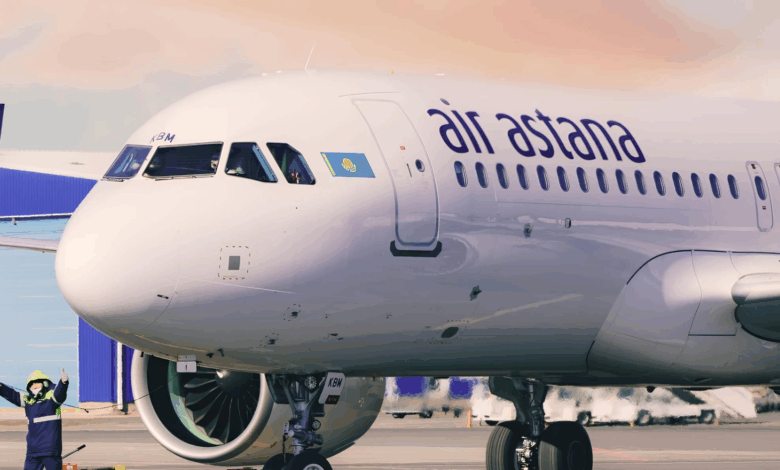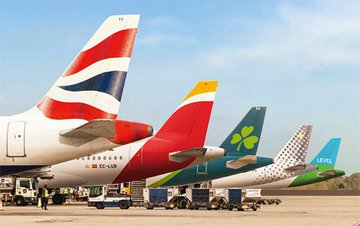Air Astana’s Revenue Surpasses USD 1.09 Billion in the First Nine Months of 2025

Kazakhstan-based Air Astana Group has announced its financial results for the third quarter and the nine months ended 30 September 2025. The company reported a 10.1% year-on-year increase in total revenue to USD 1.0968 billion. However, profitability was impacted in the third quarter due to Pratt & Whitney engine issues (Unscheduled Engine Removals – UER), Tenge depreciation, and temporary airport closures.
During the first nine months, Air Astana carried 7.5 million passengers, representing a 10.5% increase compared to the previous year, with an average load factor of 83%.
Total revenue rose by 10.1% to USD 1.09 billion, while EBITDAR (earnings before interest, tax, depreciation, amortisation and rent) increased by 3.5% to USD 262.2 million. Nevertheless, net profit declined by 39.8% to USD 31.2 million.
Available Seat Kilometres (ASK) grew by 16.8% to 17.1 billion, while Revenue Passenger Kilometres (RPK) increased by 15.4%.
In the third quarter—traditionally the airline’s peak period-total revenue rose 7.2% to USD 438.6 million. Yet, fleet capacity was constrained by engine removals, with EBITDAR down 17% to USD 105.2 million and net profit falling 56.5% to USD 20.6 million.
Air Astana CEO Peter Foster stated that 14 unplanned engine removals during Q3 had an estimated negative impact of USD 25.5 million on EBITDAR. “Despite these challenges, we managed to grow our revenue. We continue active discussions with Pratt & Whitney to mitigate the operational and financial impact of the engine issues,” Foster said.
Fleet Expansion
Following the reporting period, Air Astana added one Airbus A321neo to its fleet, bringing the total to 62 aircraft. In September, the airline completed the phase-out of its last Embraer E2, simplifying its fleet structure.
Additionally, the company placed an order for up to 15 Boeing 787-9 Dreamliners to strengthen its long-haul operations – the largest aircraft order in the airline’s history.
Network and Strategic Partnerships
In 2025, Air Astana signed codeshare agreements with China Southern Airlines and Air India, reinforcing its presence in two of Asia’s largest aviation markets. These agreements will expand connectivity and flight frequencies between Kazakhstan, China, and India.
The Group launched 22 new routes during the year, with significant capacity increases across Southeast Asia, the Gulf, and Europe.
Sustainability Commitment Advanced to 2050
Air Astana announced that it has advanced its carbon-neutral target from 2060 to 2050, aligning with global aviation industry goals. In partnership with the European Bank for Reconstruction and Development (EBRD) and KazMunayGas, the airline is conducting feasibility studies on Sustainable Aviation Fuel (SAF) production in Kazakhstan.
Outlook
The company expects Pratt & Whitney engine constraints to persist across the industry until 2028. Nevertheless, it anticipates continued growth supported by the strength of its dual-brand model (Air Astana and FlyArystan).
Air Astana aims to expand its fleet to 84 aircraft by 2029, maintain an EBITDAR margin above 25%, and keep its net debt-to-EBITDAR ratio below 3.0x.



